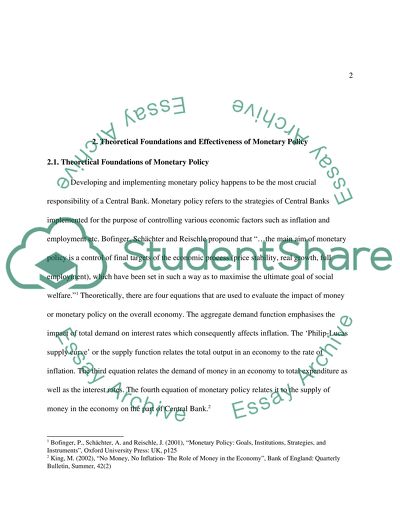Cite this document
(“Monetary Policy in an economy Essay Example | Topics and Well Written Essays - 2000 words”, n.d.)
Retrieved from https://studentshare.org/miscellaneous/1532435-monetary-policy-in-an-economy
Retrieved from https://studentshare.org/miscellaneous/1532435-monetary-policy-in-an-economy
(Monetary Policy in an Economy Essay Example | Topics and Well Written Essays - 2000 Words)
https://studentshare.org/miscellaneous/1532435-monetary-policy-in-an-economy.
https://studentshare.org/miscellaneous/1532435-monetary-policy-in-an-economy.
“Monetary Policy in an Economy Essay Example | Topics and Well Written Essays - 2000 Words”, n.d. https://studentshare.org/miscellaneous/1532435-monetary-policy-in-an-economy.


